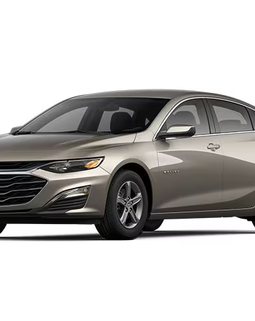Dushanbe, the vibrant capital of Tajikistan, is gearing up for a significant transformation in its transportation sector. By September 2025, the city aims to completely replace its traditional taxi fleet with electric vehicles (EVs). This ambitious plan aligns with global trends towards sustainability and reflects Tajikistan’s commitment to reducing its carbon footprint and improving air quality in urban areas.
The Vision: Embracing Electric Mobility
The government of Tajikistan, recognizing the pressing need to address environmental concerns, has prioritized the shift to electric taxis in Dushanbe. The initiative is not just about adopting new technology; it represents a broader vision of sustainable urban development. By reducing reliance on fossil fuels, the transition to EVs is expected to significantly lower greenhouse gas emissions, thereby contributing to the global fight against climate change.
Benefits: Cleaner Air and Modern Infrastructure
One of the primary motivations behind this initiative is the potential for improving air quality in Dushanbe. The capital, like many other cities in the region, faces challenges related to air pollution, which is exacerbated by the extensive use of fossil fuel-powered vehicles. The introduction of electric taxis is expected to alleviate these issues, offering residents cleaner air and a healthier environment.
Additionally, this transition will modernize Dushanbe’s urban infrastructure. The implementation of EVs will likely require the establishment of new charging stations and the upgrade of existing power grids. These developments not only support the electric taxi fleet but also lay the groundwork for further innovations in public and private transportation within the city.
Challenges: Infrastructure and Public Adaptation
While the plan is ambitious, several challenges must be addressed to ensure its success. The establishment of charging network is a critical component of this transition. Without adequate infrastructure, the practicality of operating a fully electric taxi fleet could be compromised. The government has acknowledged this and is expected to invest heavily in building a robust network of charging stations across Dushanbe.
Public adaptation is another challenge. Drivers and passengers alike will need to become accustomed to the new vehicles, which may require public education campaigns and incentives to encourage widespread adoption. The transition also entails ensuring that drivers have access to affordable electric vehicles and that maintenance services are readily available.
Government Support and Incentives
The success of this initiative hinges on the support from both the government and private sector. The Tajik government has already announced a series of incentives to encourage the adoption of electric taxis. These include subsidies for purchasing electric vehicles, tax breaks for companies investing in EV infrastructure, and reduced operating costs for taxi operators. By making the switch to electric taxis financially attractive, the government hopes to accelerate the transition and achieve its target by September 2025.
Conclusion: A Sustainable Future for Dushanbe
The plan to fully transition to electric taxis in Dushanbe by September 2025 marks a significant step towards a more sustainable future for Tajikistan. While challenges remain, the potential benefits in terms of environmental impact, public health, and urban modernization are substantial. As Dushanbe prepares for this major shift, the city is poised to become a model for sustainable urban transportation in the region.





